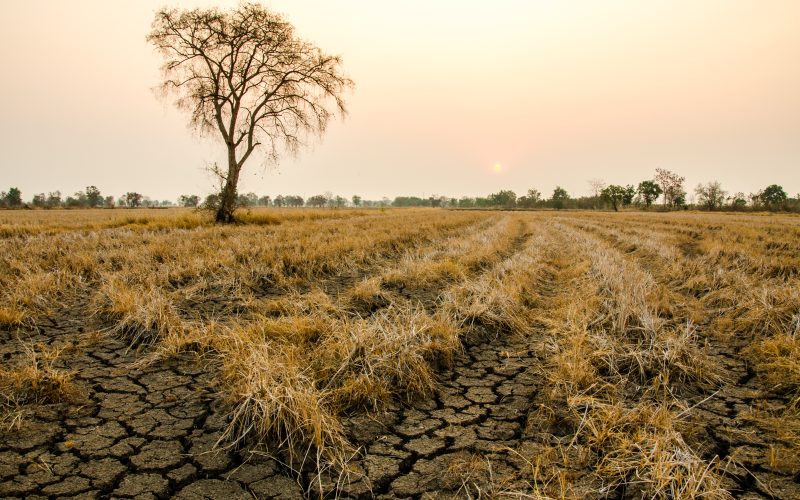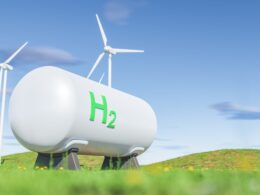More than 77% of Earth’s land has experienced drier conditions in the three decades leading up to 2020, compared to the previous 30-year period according to a new analysis from the UN Convention to Combat Desertification (UNCCD). This alarming trend has led to the expansion of drylands by 4.3 million km²—an area nearly a third larger than India—bringing drylands to cover 40.6% of the planet’s landmass, excluding Antarctica.
The report, titled ‘The Global Threat of Drying Lands: Regional and Global Aridity Trends and Future Projections’ identifies human-induced climate change as the primary driver of these transformations, with greenhouse gas emissions significantly altering rainfall patterns and increasing evaporation rates.
The analysis shows that 7.6% of global lands, an area larger than Canada, have crossed aridity thresholds, transitioning from humid to dryland ecosystems. Such shifts pose grave threats to agriculture, biodiversity, and the livelihoods of billions.
The report further cautions that, without significant reductions in greenhouse gas emissions, an additional 3% of the world’s humid regions will likely become drylands by the end of this century. High-emissions scenarios forecast expanding drylands in areas including the Midwestern United States, central Mexico, northern Venezuela, northeastern Brazil, southeastern Argentina, the Mediterranean, the Black Sea coast, large parts of southern Africa, and southern Australia.
“This analysis finally dispels an uncertainty that has long surrounded global drying trends,” said Ibrahim Thiaw, UNCCD Executive Secretary, adding “For the first time, the aridity crisis has been documented with scientific clarity, revealing an existential threat affecting billions around the globe.”
“Unlike droughts—temporary periods of low rainfall—aridity represents a permanent, unrelenting transformation. Droughts end. When an area’s climate becomes drier, however, the ability to return to previous conditions is lost. The drier climates now affecting vast lands across the globe will not return to how they were and this change is redefining life on Earth”, Thiaw added.
The findings, compiled by the UNCCD Science-Policy Interface (SPI), highlight human-induced climate change as the primary driver of these shifts. Greenhouse gas emissions from electricity generation, transportation, industrial processes, and land-use changes disrupt rainfall patterns, increase evaporation rates, and alter ecosystems, creating conditions that intensify aridity.





















